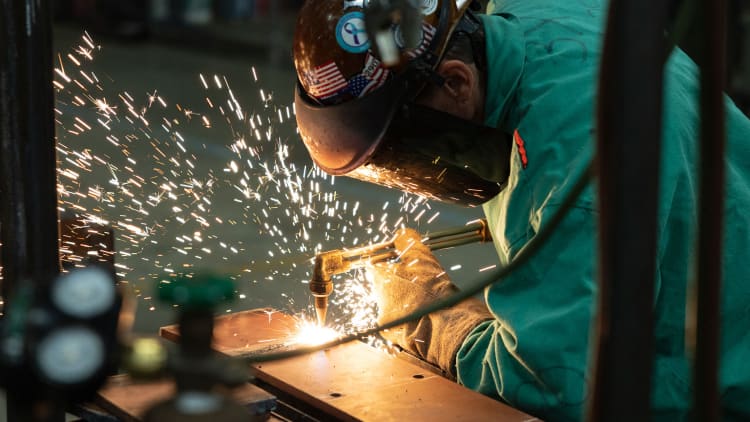The U.S. economy still has a massive labor shortage.
The American Health Association reports 600,000 nurses plan to leave the field by 2027. Data from the National Center for Educational Statistics says the average public school has two vacant teaching positions. Even the construction industry will need another 540,000 workers on top of the normal pace of hiring to meet the demand for labor, according to the Associated Builders and Contractors.
That's where apprenticeships come in. These formal job-training programs allow potential workers to bypass traditional requirements such as college degrees and directly enter the workforce. And now, they're popping up in fields beyond the traditional construction and vocational trades.
"We do not yet have a kind of culture of apprenticeship as a way of expanding the numbers who gain real expertise in those fields," says Robert Lerman, a senior research fellow at the Urban Institute. "So setting those up is a challenge for typical employers. And that's why we've been advocating funding for training organizations or what we call apprenticeship intermediaries, to work with companies to help them get started."
Last summer the White House passed the Inflation Reduction Act, which grants funding to several industries that rely heavily on skilled labor like infrastructure, manufacturing and more. As the U.S. economy faces skill shortages in a wide range of industries, these on-the-job training programs could become essential to the new American economy.
Watch the video above to learn more about America's need for more highly skilled and trained employees and how the changing apprenticeship model could help fill that gap.


